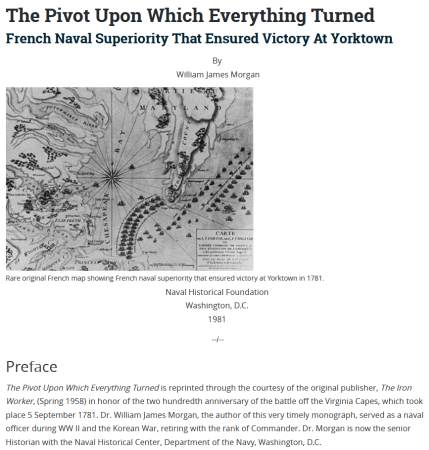I am a big fan of sailing ships, although my Napoleonics are 1/300 or 1/600 scales. However, I do have a collection of Langton 1/1200 scale Great Lakes War of 1812 ships, which caused me to be interested in building these two models.
Model #1: The Cutter
Cutters were interesting ships, as far as I am concerned. The type and rig originated on the European continent and spread to England in the latter half of the 18th century. The English used them for inshore work, usually to keep down the one- or two-gunned overnight privateers that issued forth almost daily from various Channel and Biscay ports. As a cutter was generally armed with 12-pounder popgun carronades and maybe a pair of 4-pounder long guns, they left larger prey to the gunbrigs and sloops that were never far away. They were useful all-weather ships, though they were fairly slow because of their bluff, round form. They were also notorious widowmakers, as zealous captains had a tendency to over-rig them in order to eke out a little more speed. Unlike other ships which often dismasted themselves when carrying a large press of sail, cutters had a tendency to turn turtle and disappear!
Model #2: The Corsair Vengeance
There were a number of ships named Vengeance, and this kit is certainly not to be confused with the large frigate that tangled with the USS Constellation. Rather, the kit represents a smallish corvette. "Corsair" is usually associated with the concept of piracy, but precisely, corsair in its original usage meant a group of letter-of-marque (licensed) warships that were based in the St.-Malo area of France. Little information about these individual ships remains, so much is based on their notoriety and this kit may be fairly generic. As she has a poop and forecastle, she is properly classed as a corvette, but because she scales out to be about 100' on the gundeck, she is on the smallish side.
Materials:
- Wal-Mart grey primer
- razor knife
- straightedge
- superglue
- Elmer's wood glue
- Langton rigging thread
- Langton shroud mesh
- various paintbrushes
- various Ceramcoat and Reaper paints
- water and soap
- Reaper Pro Paint #18206 Wood Shade Ink and various Reaper paints
- Privateer Press Khador Base Red paint
- various thicknesses of Evergreen styrene rods and sheet plastic
- Sculpy
- tweezers
- pin vise
- older-than-the-hills gun-barrel brush

The ships as received. The cutter is out of its normal blister.

Parts sorted, with the cutter on the left, corsair on the right. The cutter needed minimal work. The only clean-up was to cut the parts-tags off the sails.
That the corsair needed a lot of work was immediately obvious. The bowsprit and jibsails were missing from the package, and the mizzenmast was broken - the topgallant mast had come off. Inspection showed that this joint was weak on the foremast also.
The cutter was flash-free, while there was a lot on the corsair's sails.
Overhead Comparison

The corsair was a much larger ship with a finer run. The cutter was rather portly. The cutter model is considerably more detailed, with deck planking, hatch grating, distinguishable gun carriages, and other accurate details. The corsair model is much more spartan - smooth decking, no grating on the hatches, guns are vaguely represented, and only minor equipment details. The channels of both ships are too large, but the ones on the corsair really stand out. The purpose of these was to keep the shrouds and backstays from rubbing on the bulwarks. A good rigging diagram is here:
Side View Comparison

The cutter has realistic sheer - the deck itself carries the sheer, while the corsair has what I call mock-sheer: the deck itself is flat, but the bulkheads sweep upward at each end to simulate sheer.
All pieces of both ships were off to a good soak in soapy water at this point.










